Integration of IoT Solutions
The integration of Internet of Things (IoT) solutions is a pivotal driver in the Smart Port Market. IoT technologies facilitate real-time data collection and analysis, enhancing operational efficiency and decision-making processes. For instance, sensors deployed across port facilities can monitor equipment health, track cargo movements, and optimize resource allocation. According to recent estimates, the adoption of IoT in port operations could lead to a reduction in operational costs by up to 30%. This trend indicates a growing reliance on interconnected devices, which not only streamlines logistics but also improves safety protocols. As ports increasingly adopt IoT solutions, the Smart Port Market is likely to witness substantial growth, driven by the demand for smarter, more efficient operations.
Rising Global Trade Activities
Rising The Smart Port Industry. As international trade continues to expand, ports are under pressure to enhance their capacity and efficiency to accommodate increasing cargo volumes. The World Trade Organization has reported a steady increase in global merchandise trade, which is expected to grow by 3.5% annually. This growth necessitates the adoption of smart technologies to streamline operations and improve throughput. Ports that invest in advanced technologies, such as data analytics and automated systems, are better positioned to handle the complexities of modern trade. Consequently, the Smart Port Market is poised for growth, driven by the need to adapt to the evolving landscape of global commerce.
Emphasis on Environmental Regulations
The emphasis on environmental regulations is increasingly shaping the Smart Port Market. Governments and regulatory bodies are implementing stringent policies aimed at reducing emissions and promoting sustainable practices within port operations. For example, the International Maritime Organization has set ambitious targets for reducing greenhouse gas emissions from shipping. Ports that adopt eco-friendly technologies, such as electric cranes and renewable energy sources, not only comply with regulations but also enhance their competitive edge. The market for green port technologies is anticipated to grow, with investments in sustainable infrastructure projected to reach USD 4 billion by 2025. This focus on environmental compliance is likely to drive innovation and investment in the Smart Port Market.
Investment in Automation Technologies
Investment in automation technologies is transforming the Smart Port Market. Automated systems, including cranes and autonomous vehicles, enhance productivity and reduce human error. The global market for port automation is projected to reach USD 6 billion by 2026, reflecting a compound annual growth rate of approximately 12%. This surge in investment is driven by the need for faster turnaround times and improved cargo handling efficiency. Furthermore, automation allows ports to operate with fewer personnel, which can be particularly advantageous in regions facing labor shortages. As ports continue to modernize their operations through automation, the Smart Port Market is expected to expand significantly, attracting further investments and innovations.
Growing Demand for Enhanced Supply Chain Visibility
The growing demand for enhanced supply chain visibility is a critical driver in the Smart Port Market. Stakeholders, including shipping companies and logistics providers, are increasingly seeking transparency in their operations to improve efficiency and reduce delays. Technologies such as blockchain and advanced analytics are being integrated into port operations to provide real-time tracking of shipments and inventory. This trend is expected to enhance collaboration among supply chain partners and reduce the risk of disruptions. The market for supply chain visibility solutions is projected to grow significantly, with estimates suggesting a potential increase of over 20% annually. As ports adopt these technologies, the Smart Port Market is likely to experience robust growth, driven by the need for improved operational transparency.


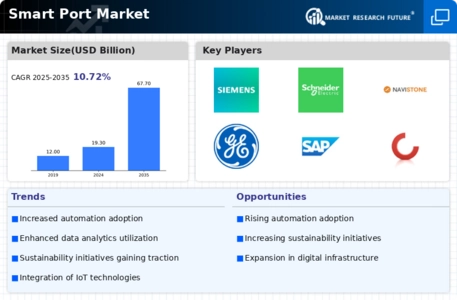
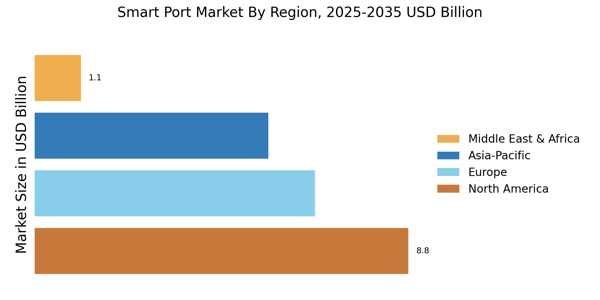
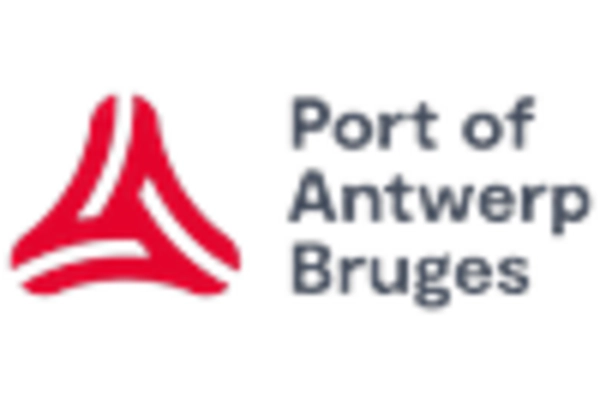
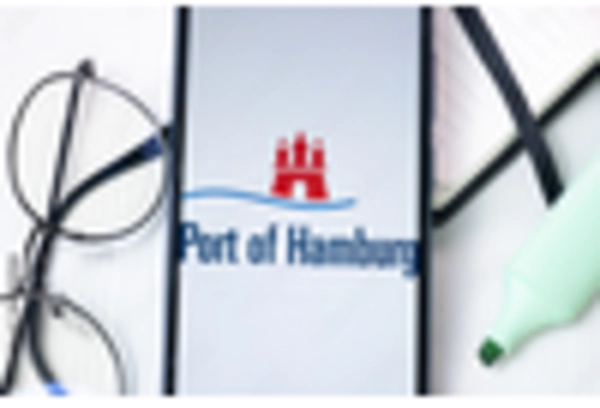


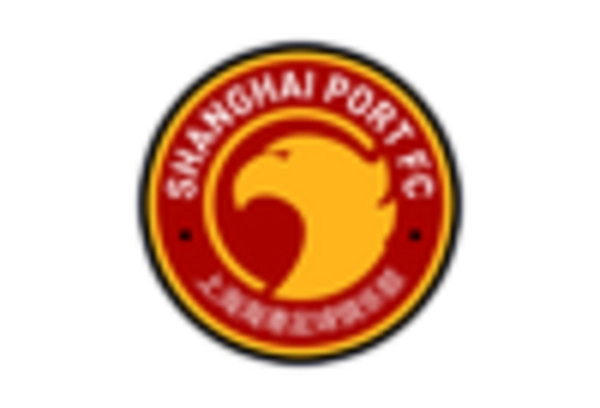









Leave a Comment